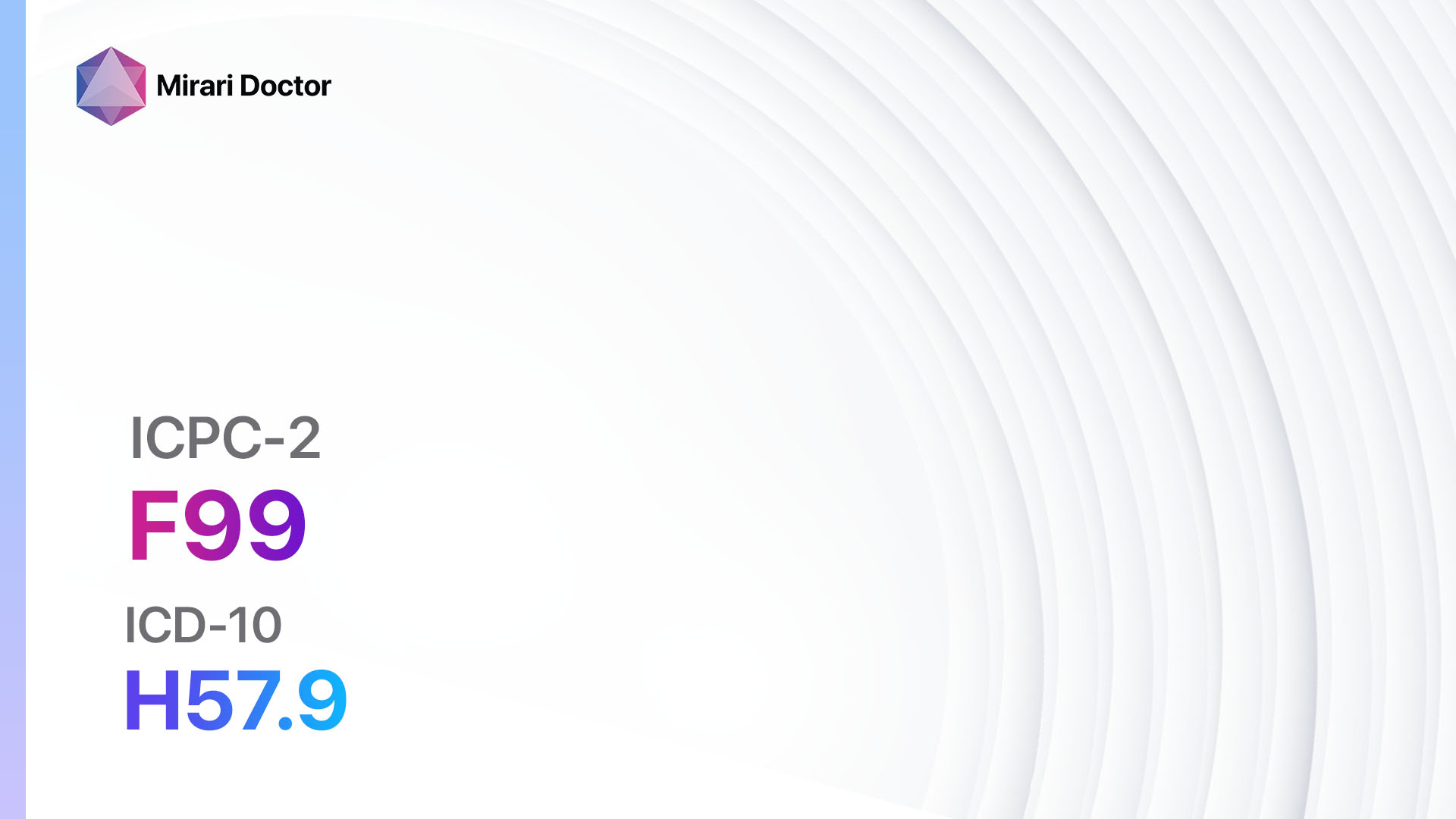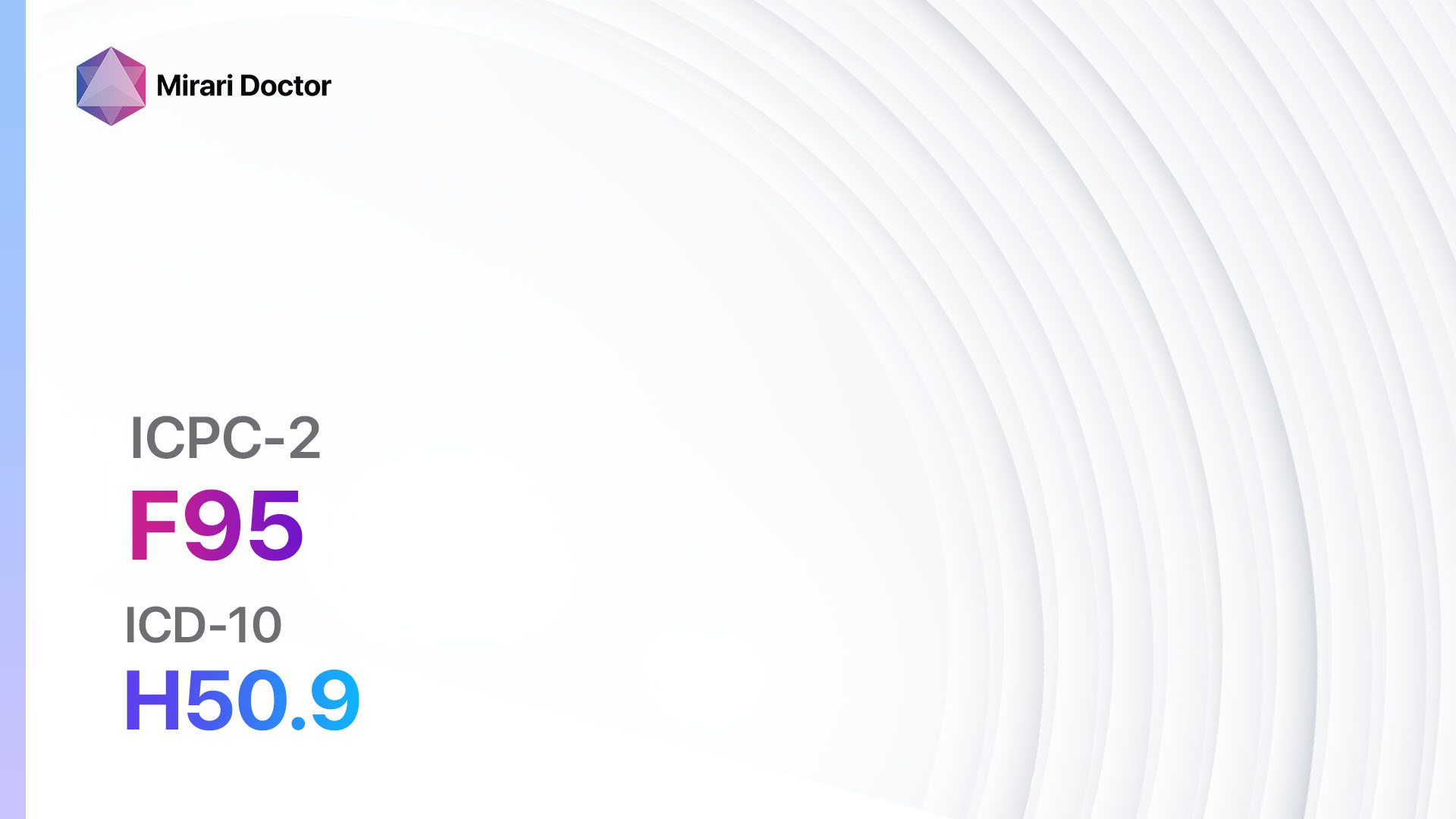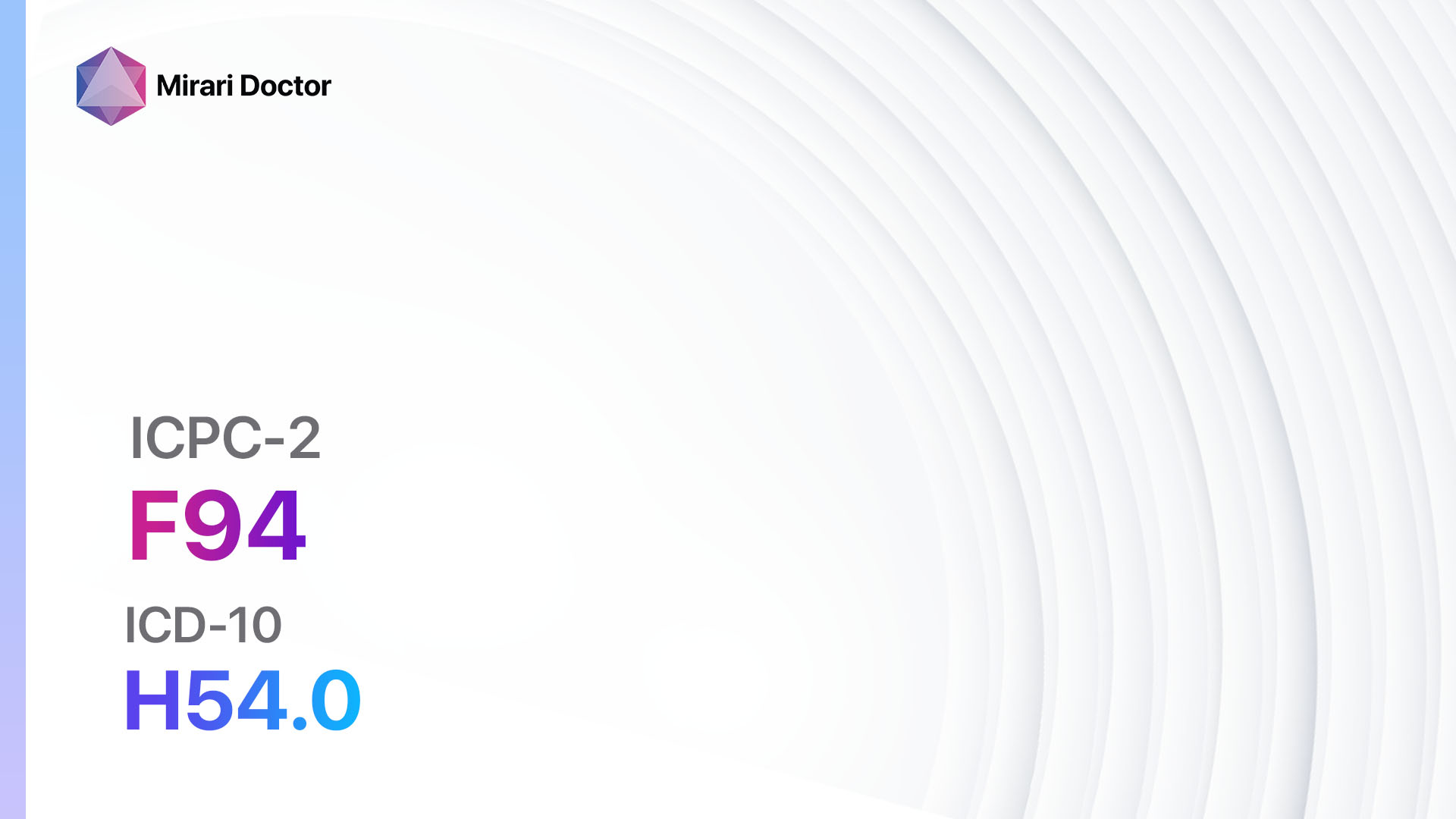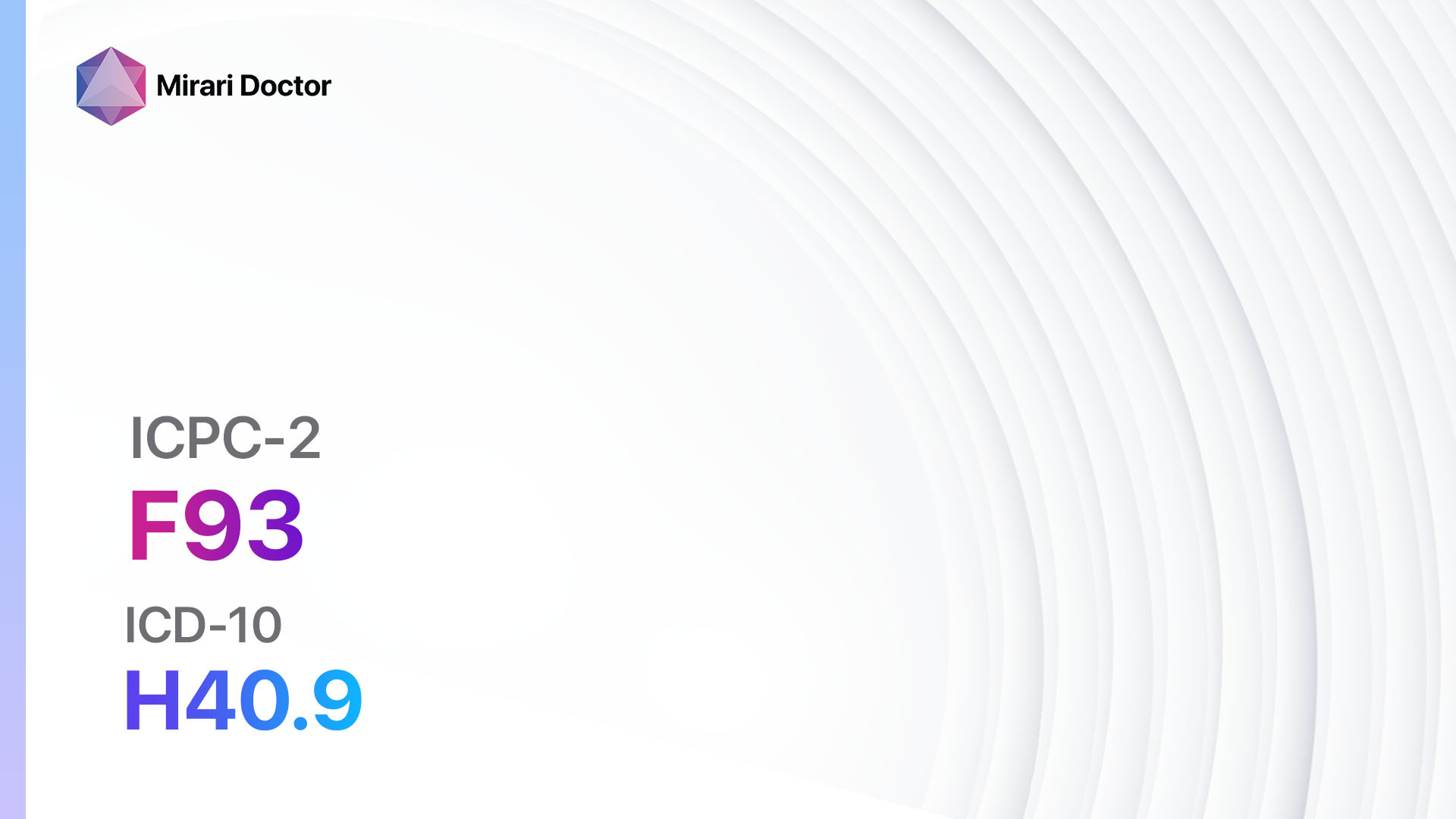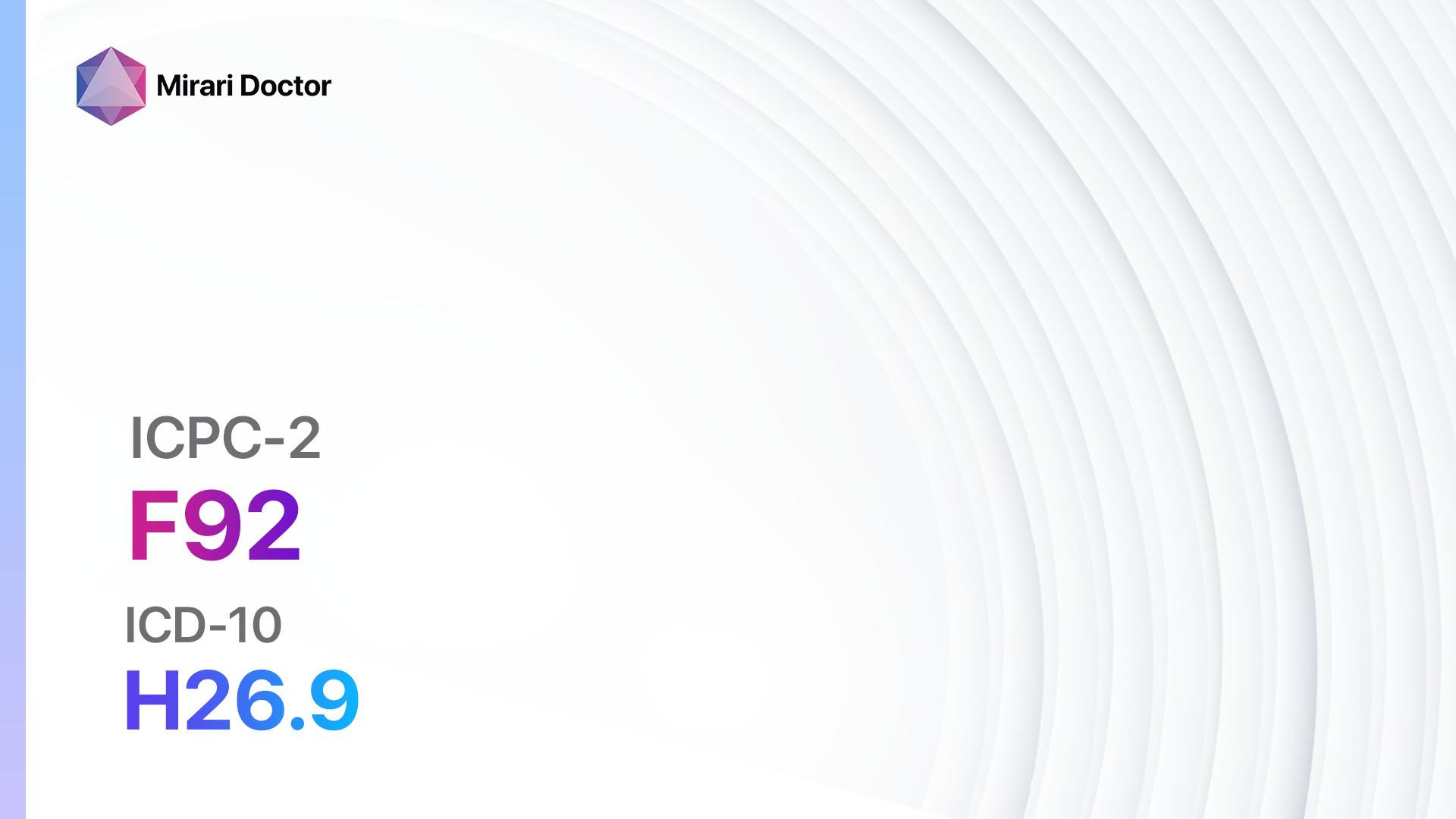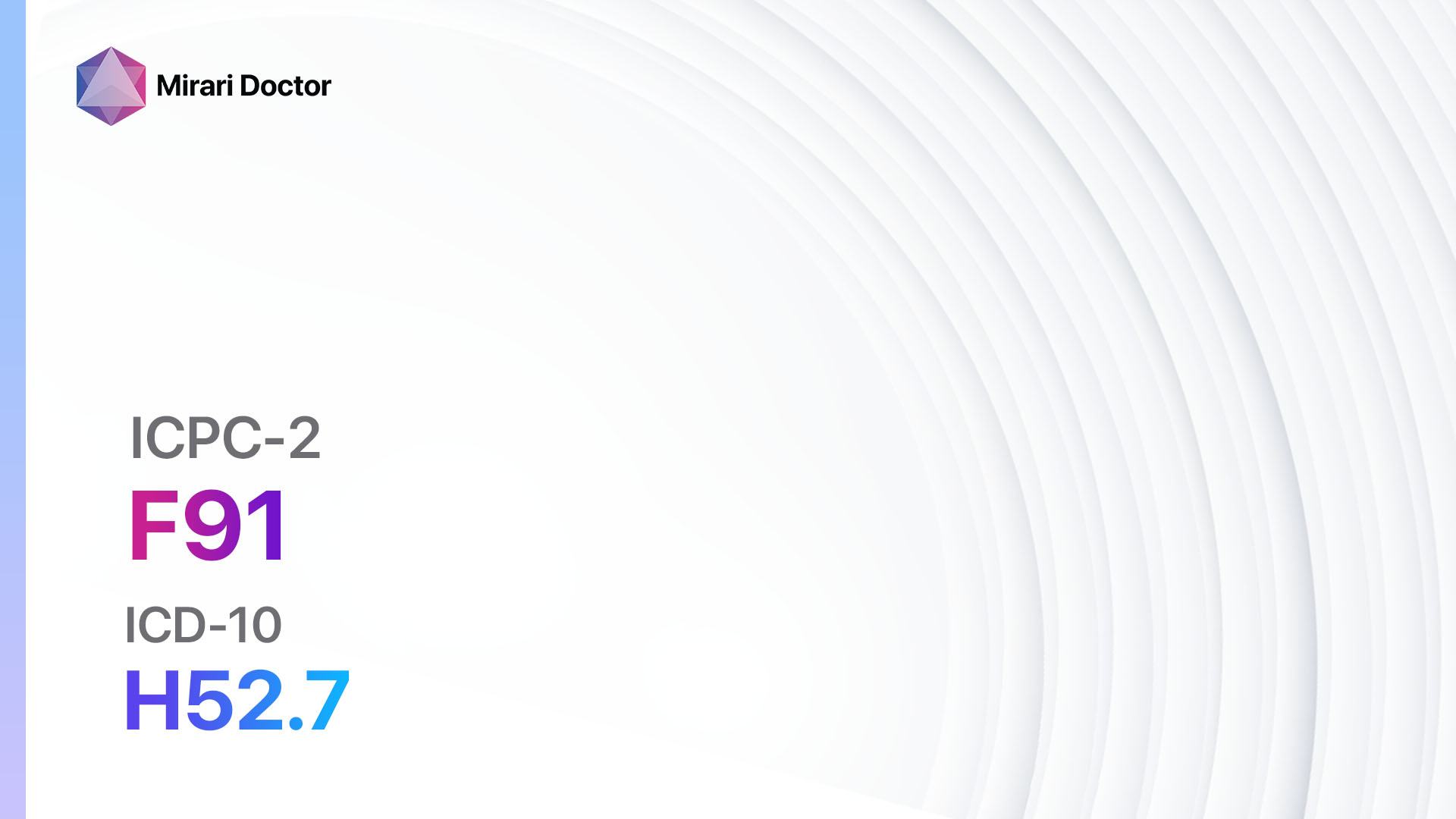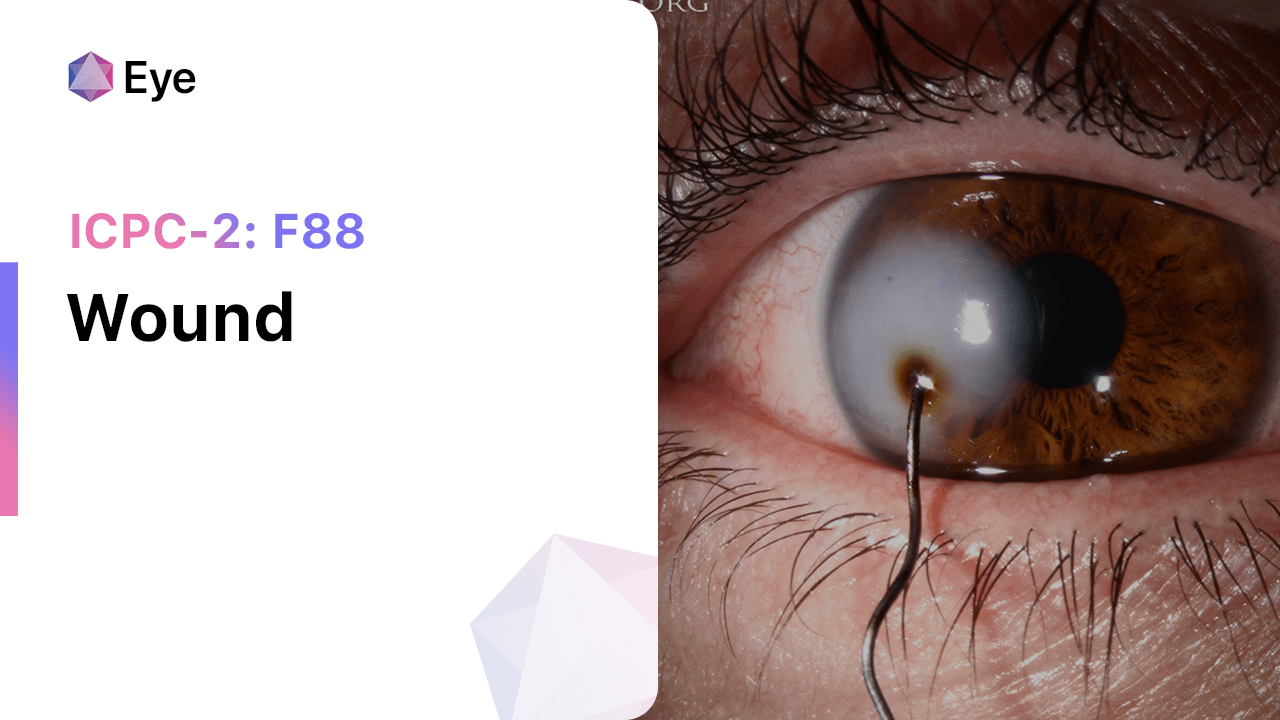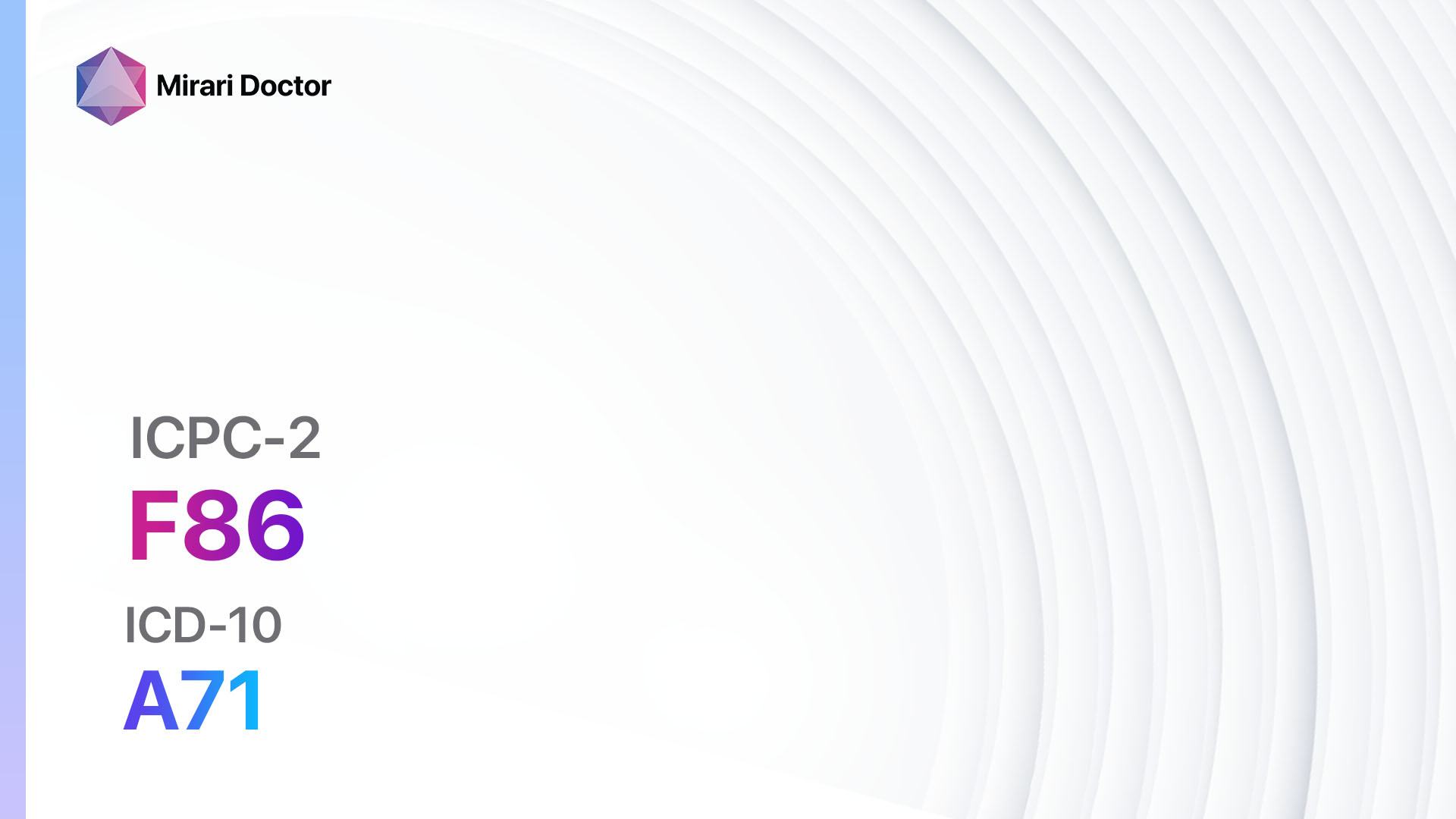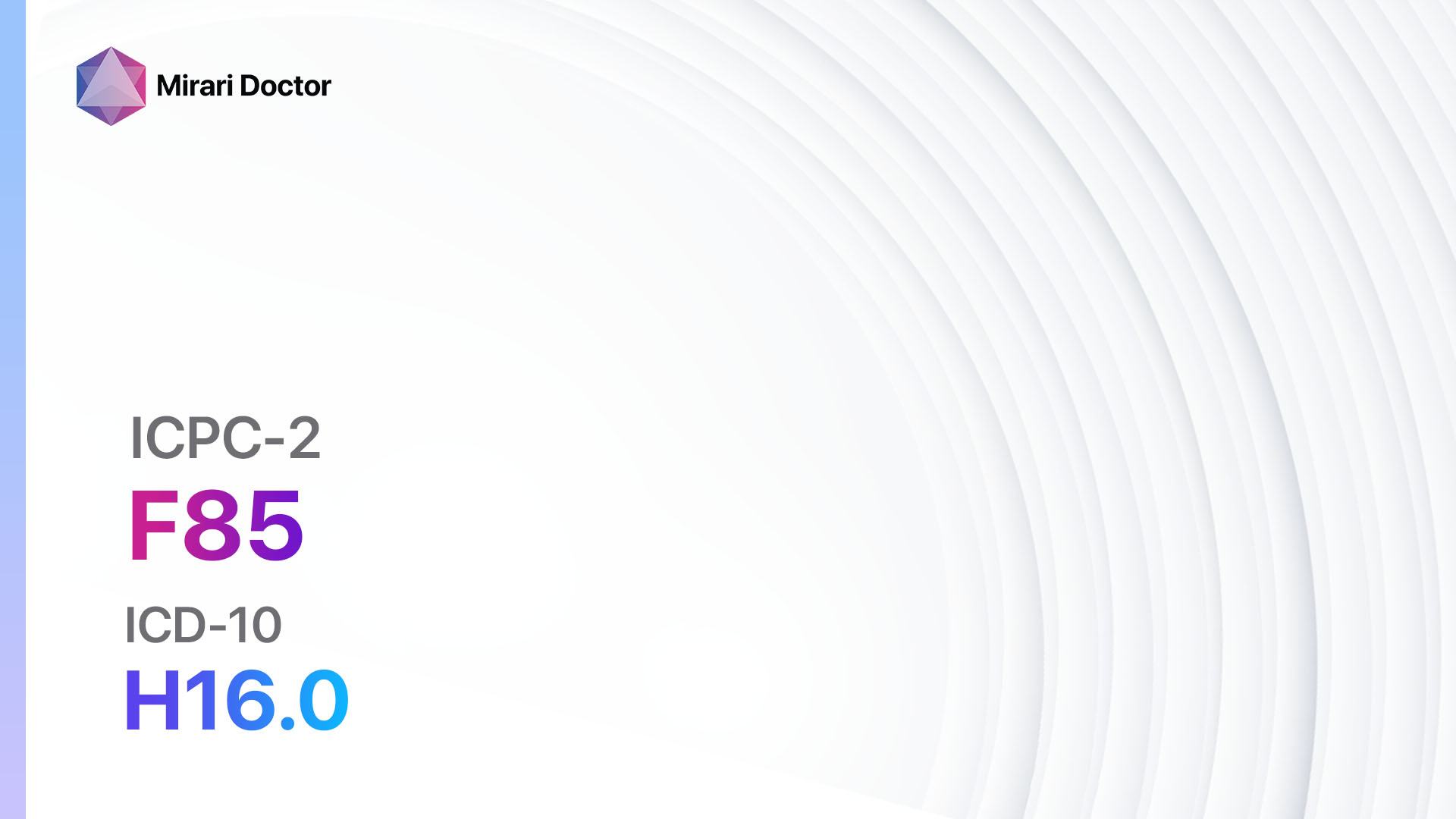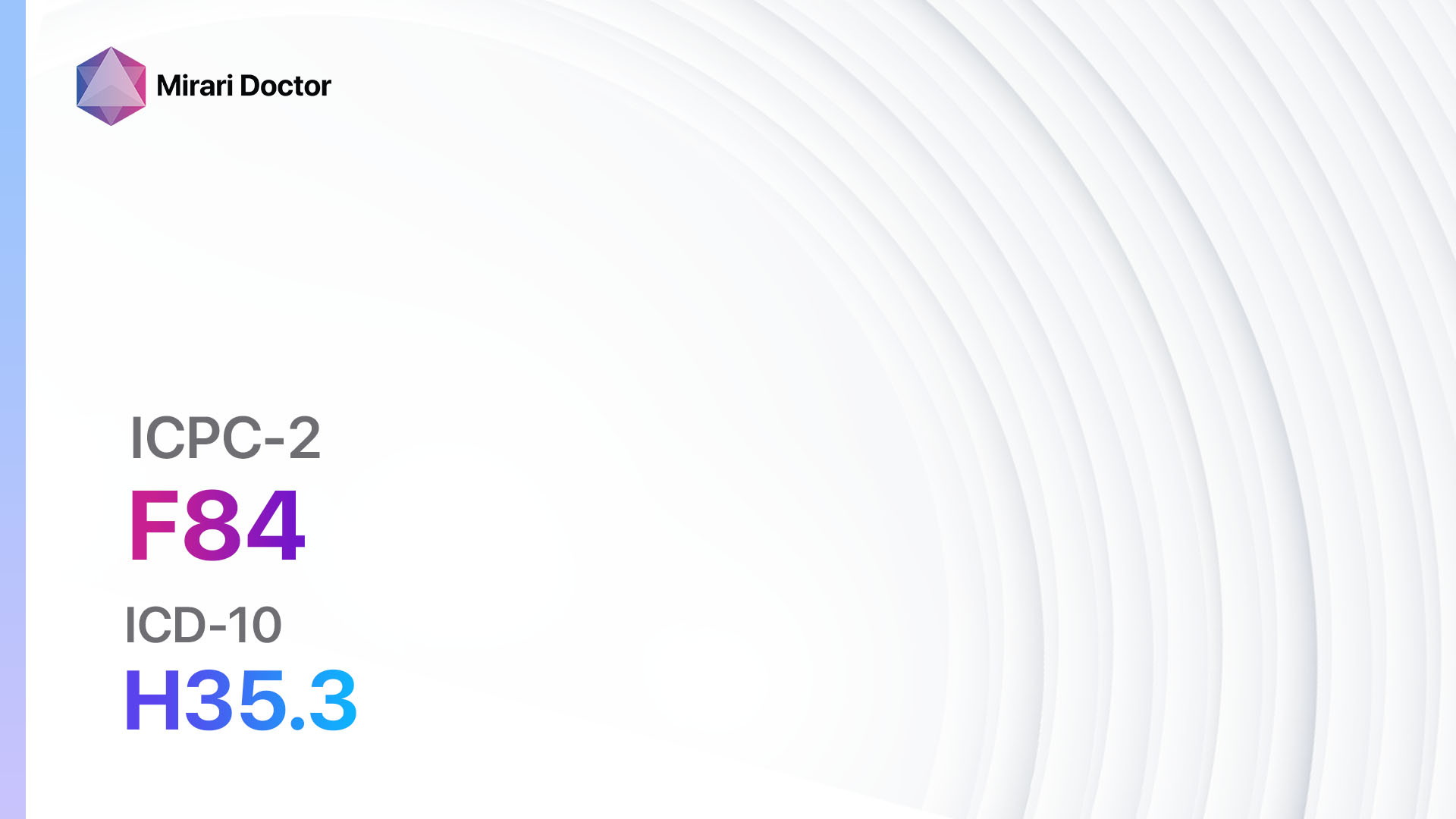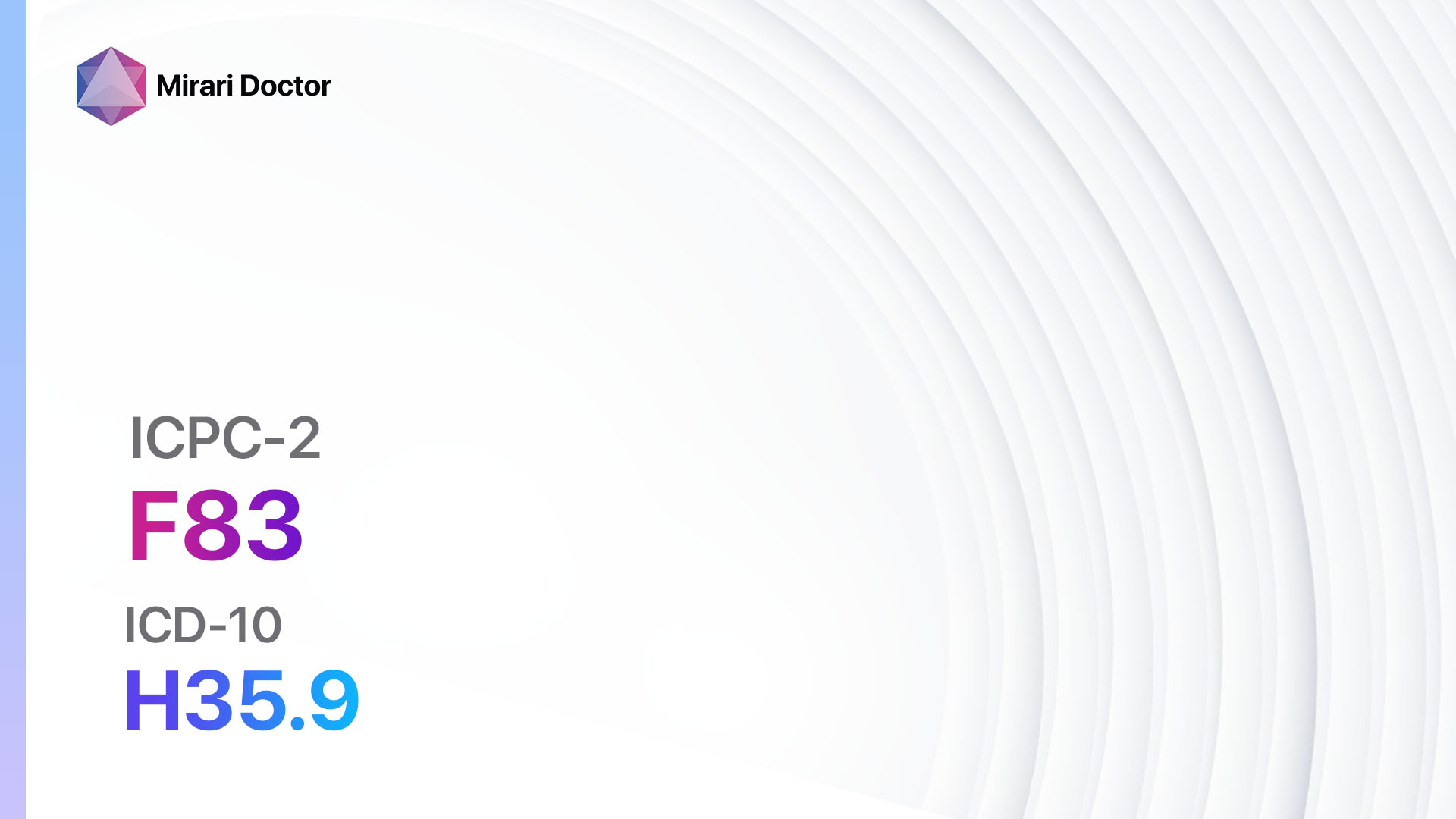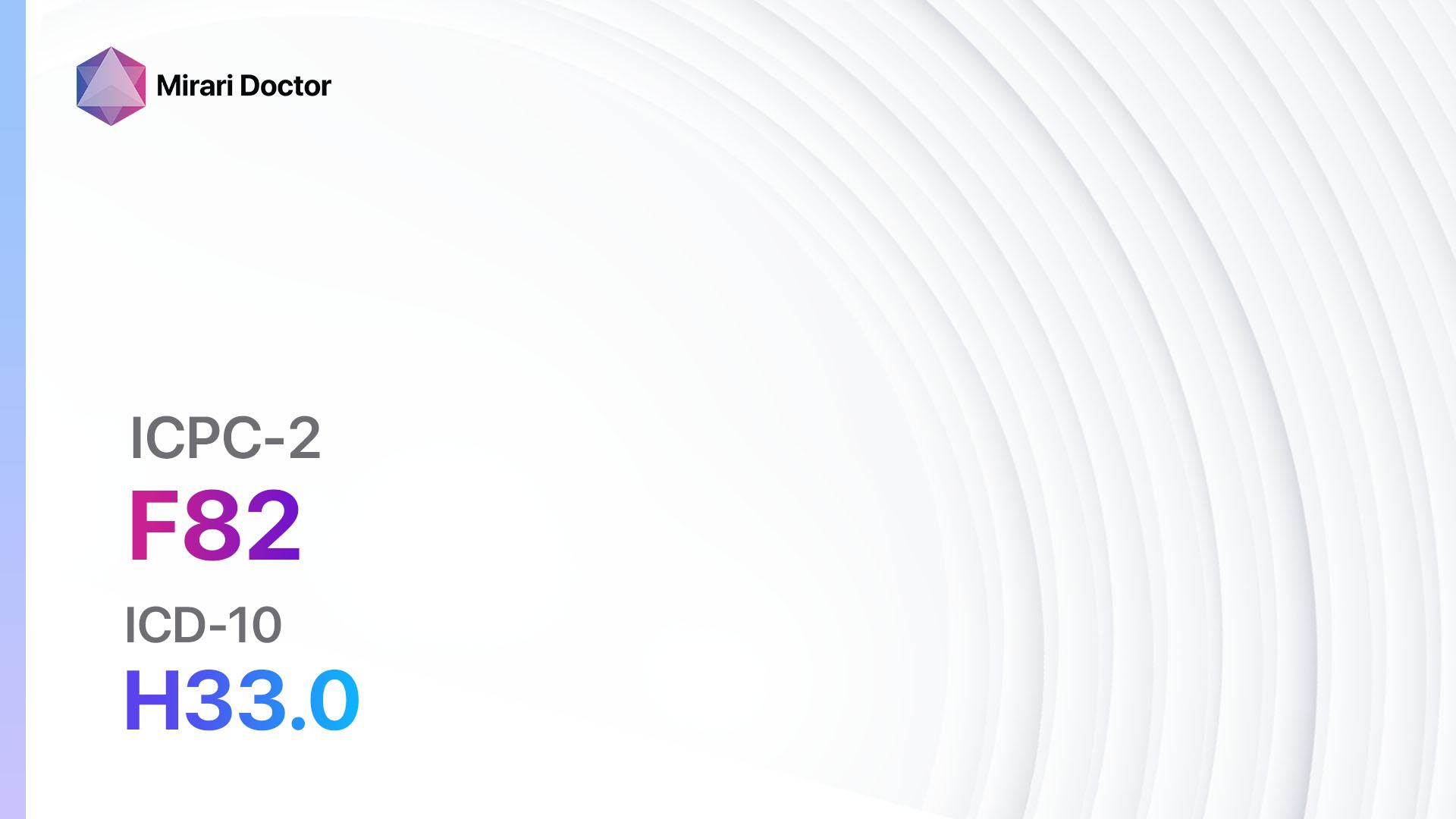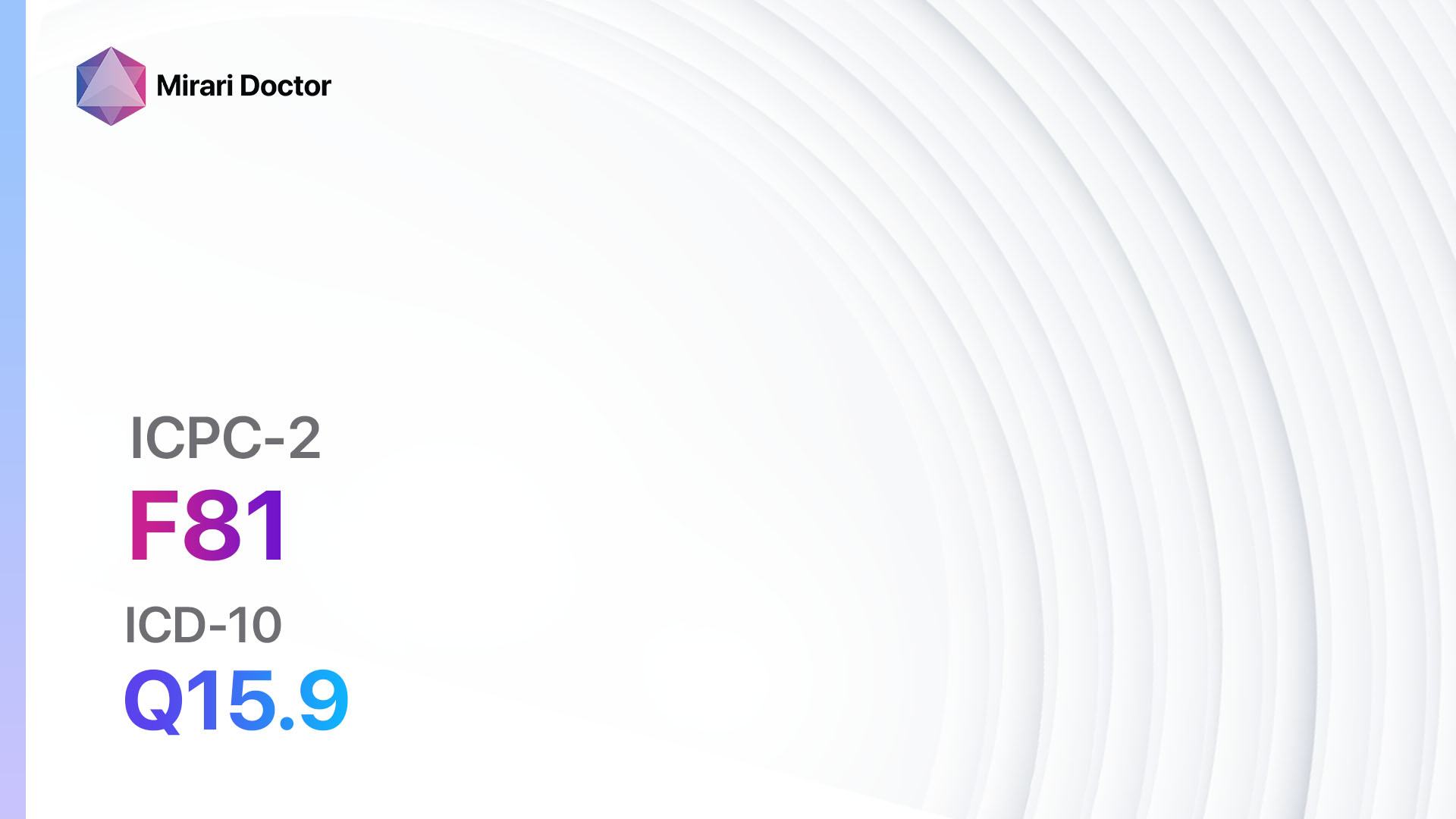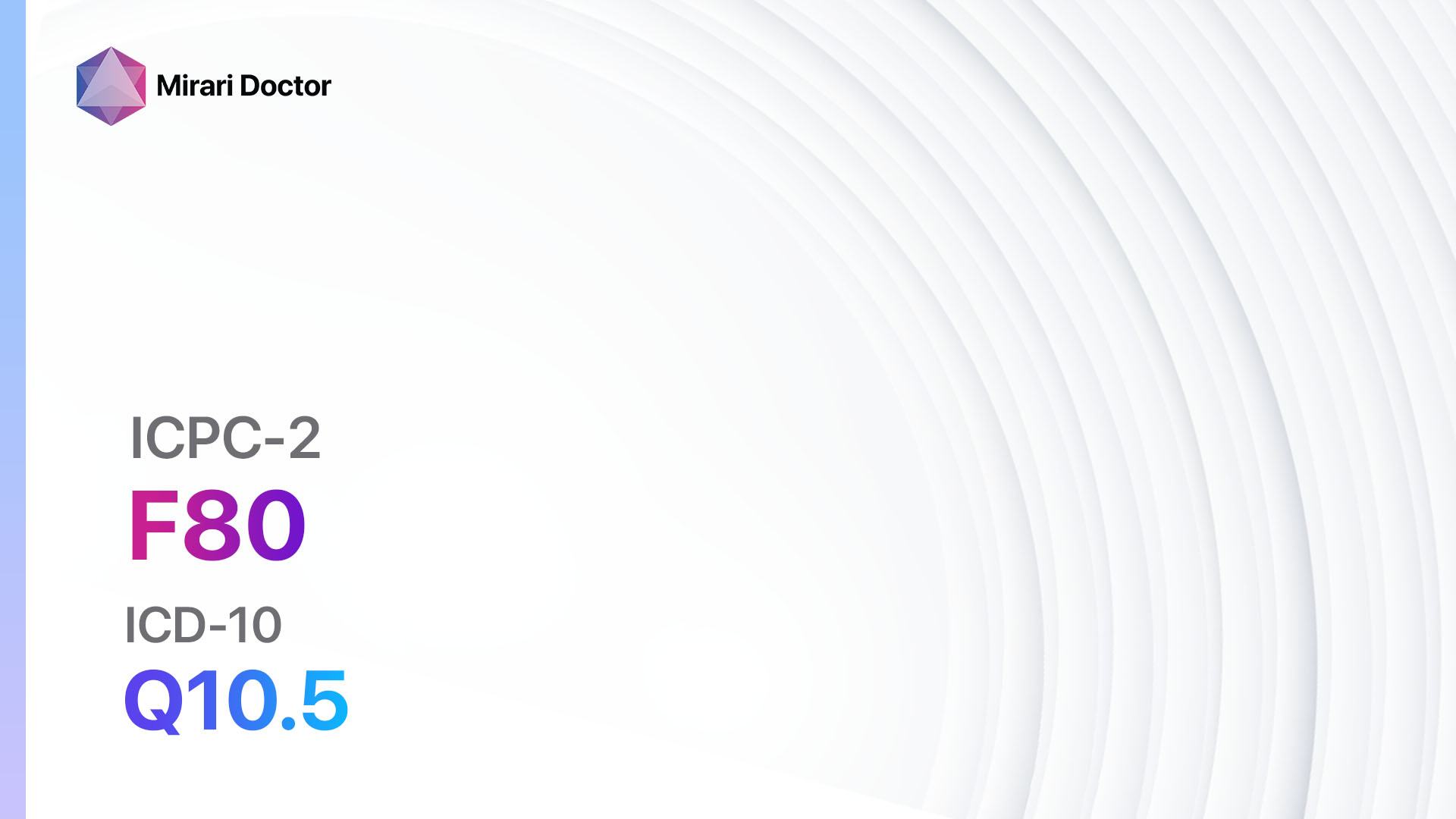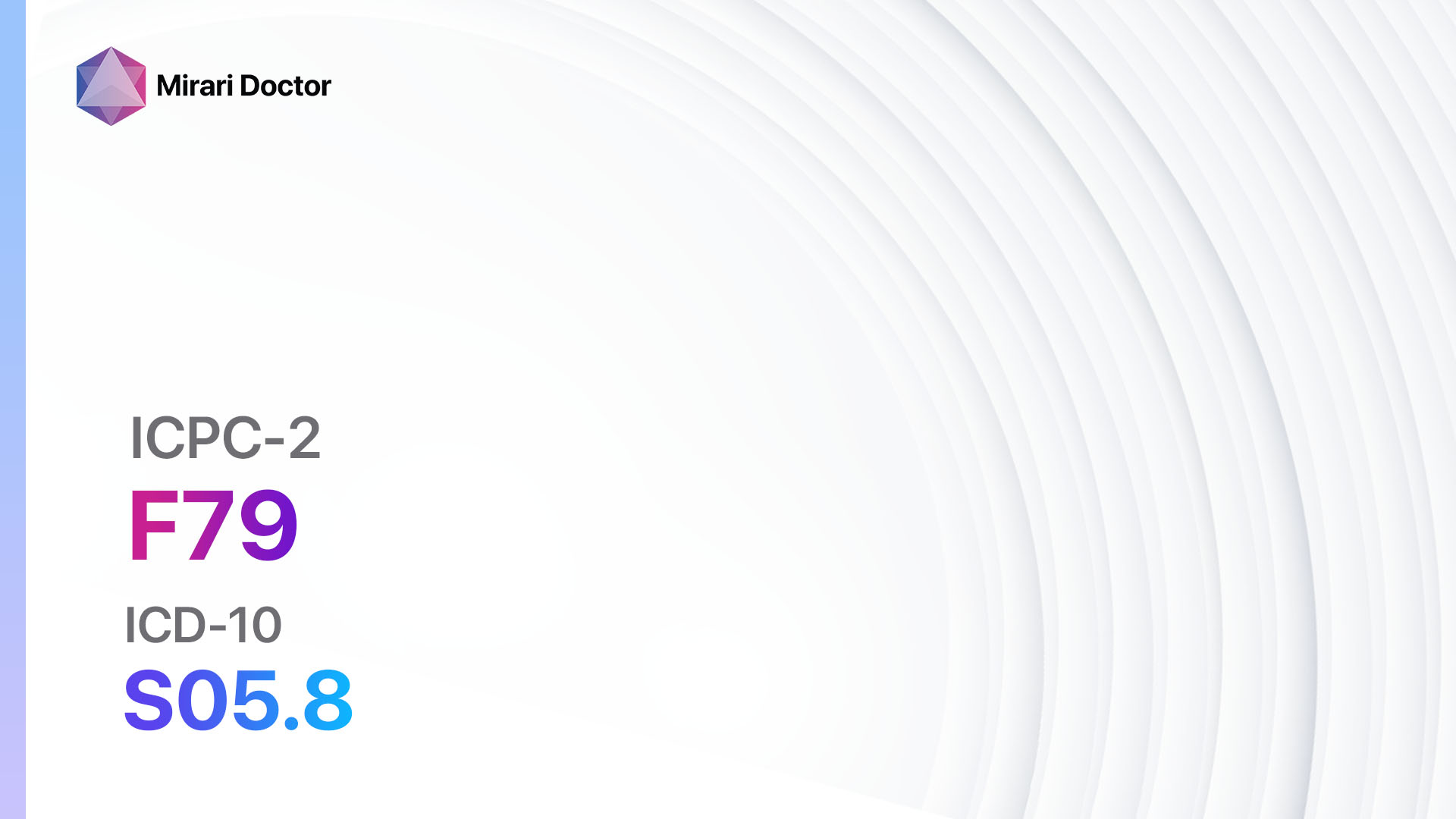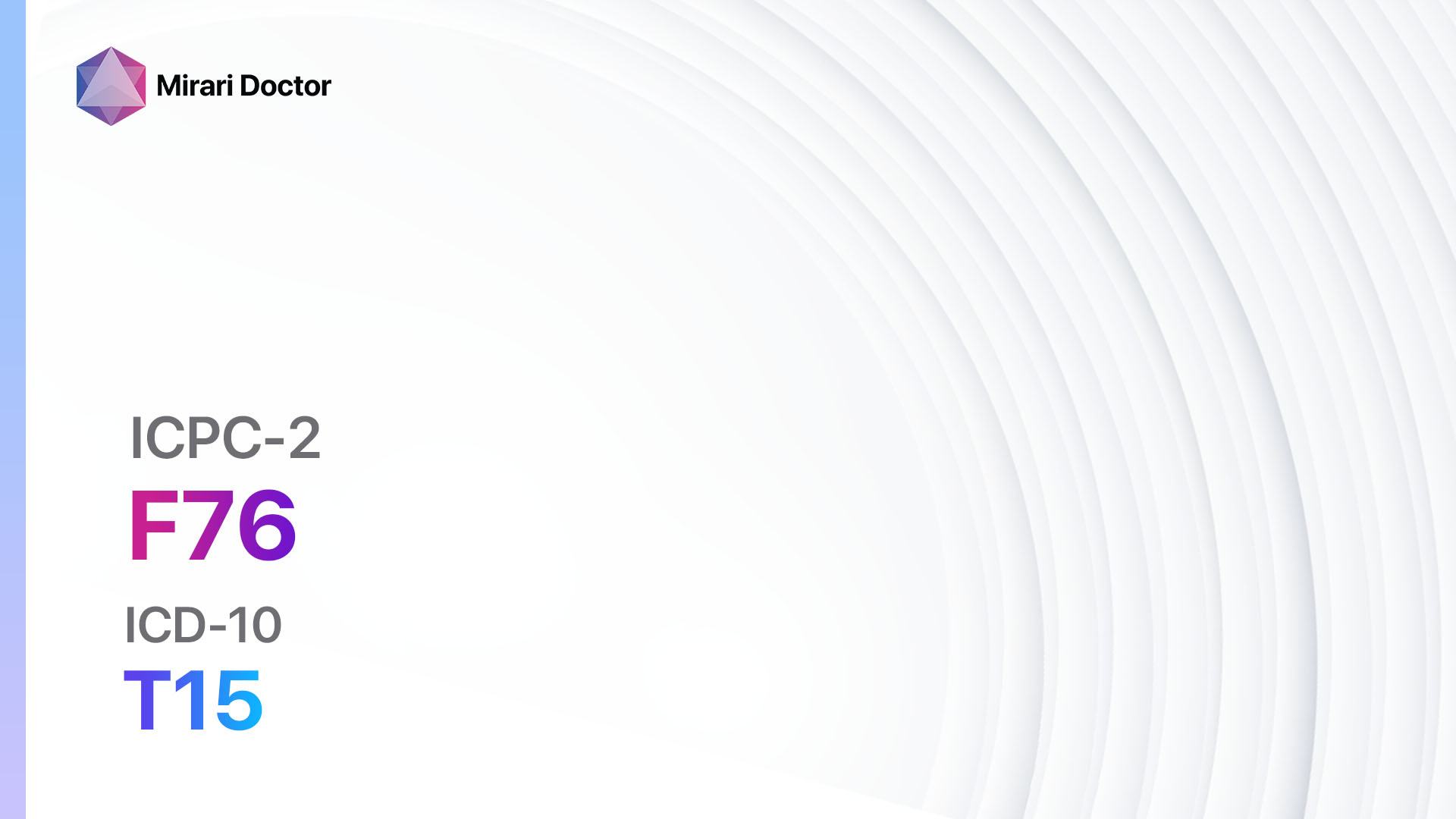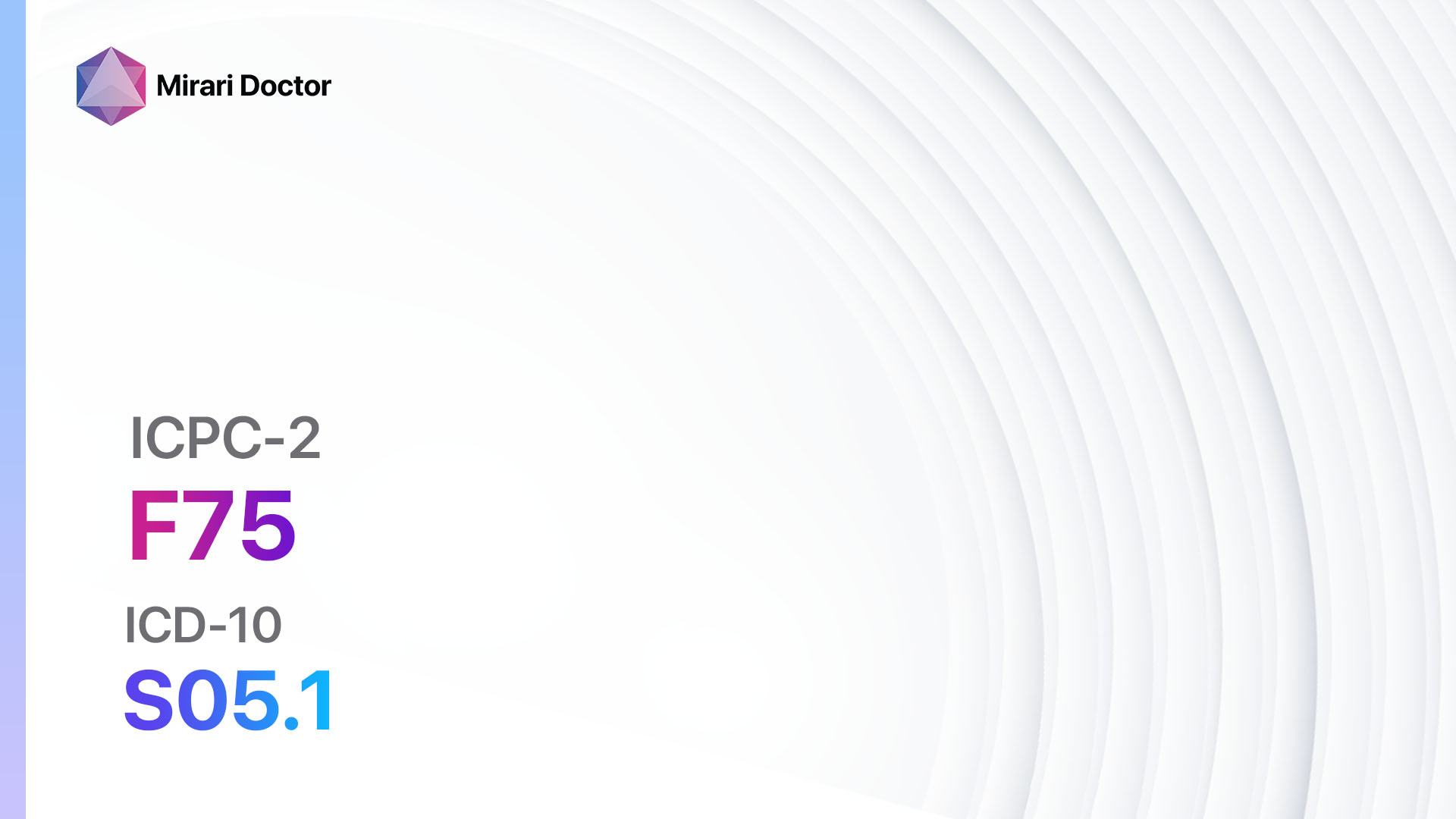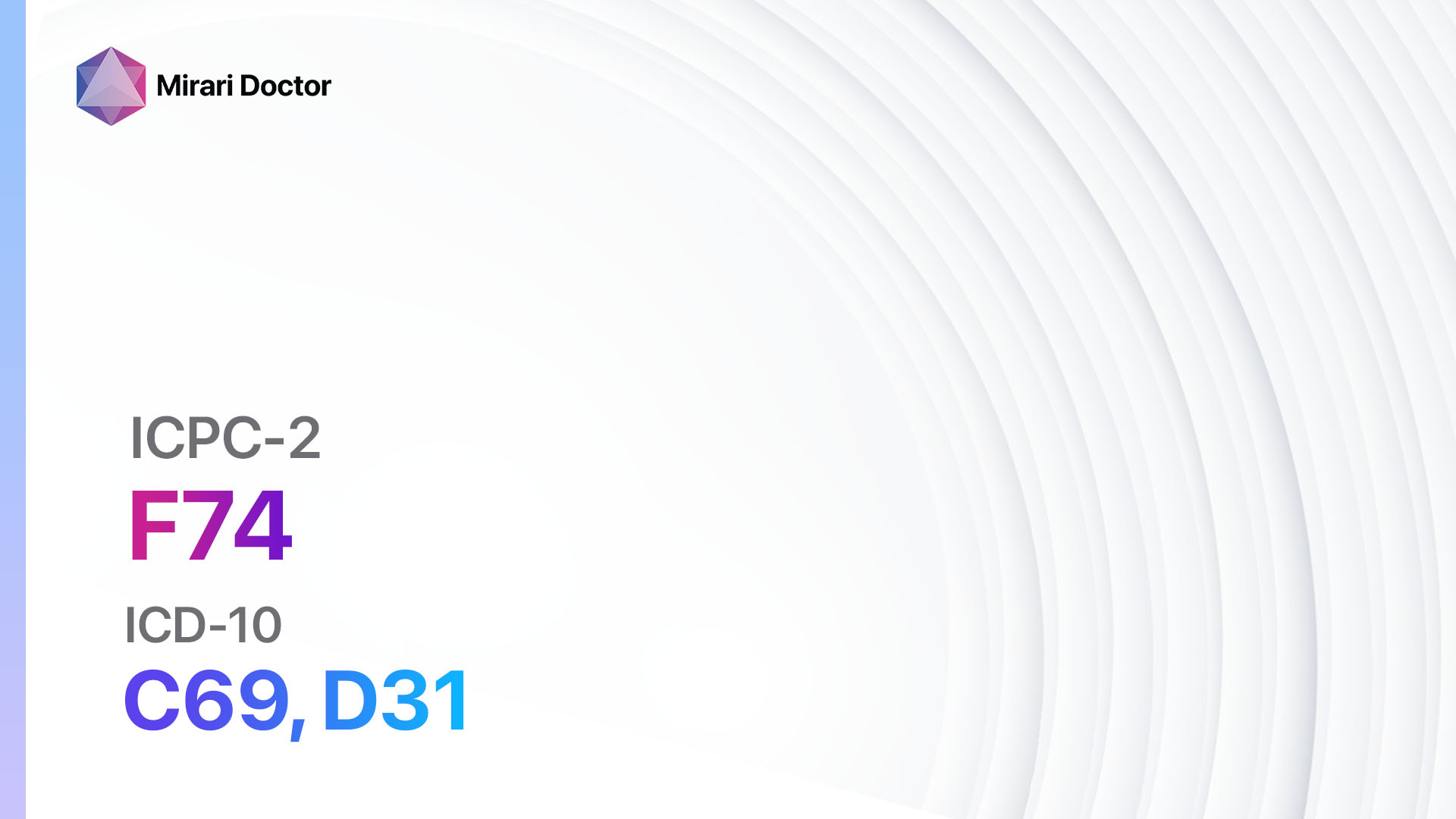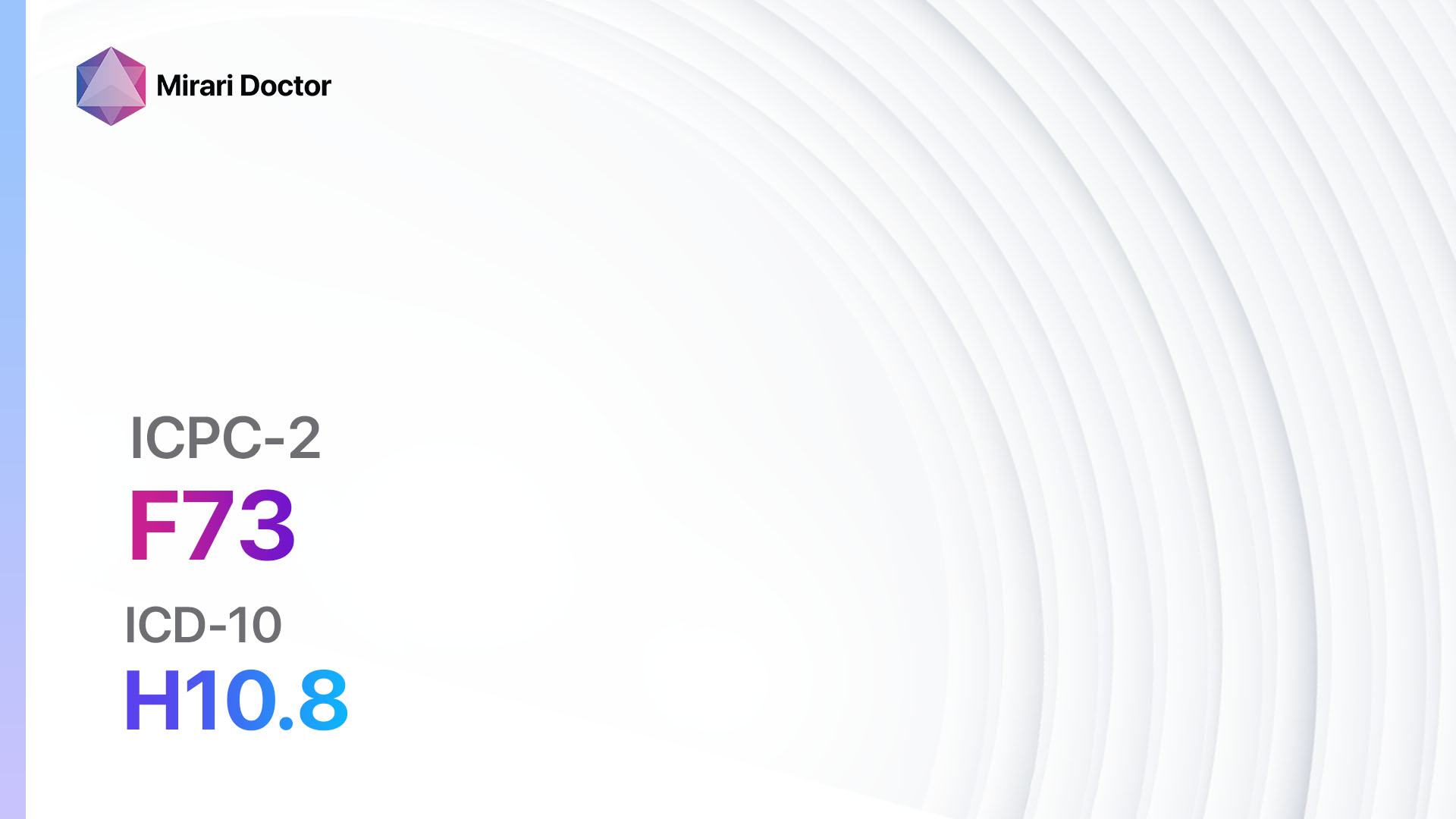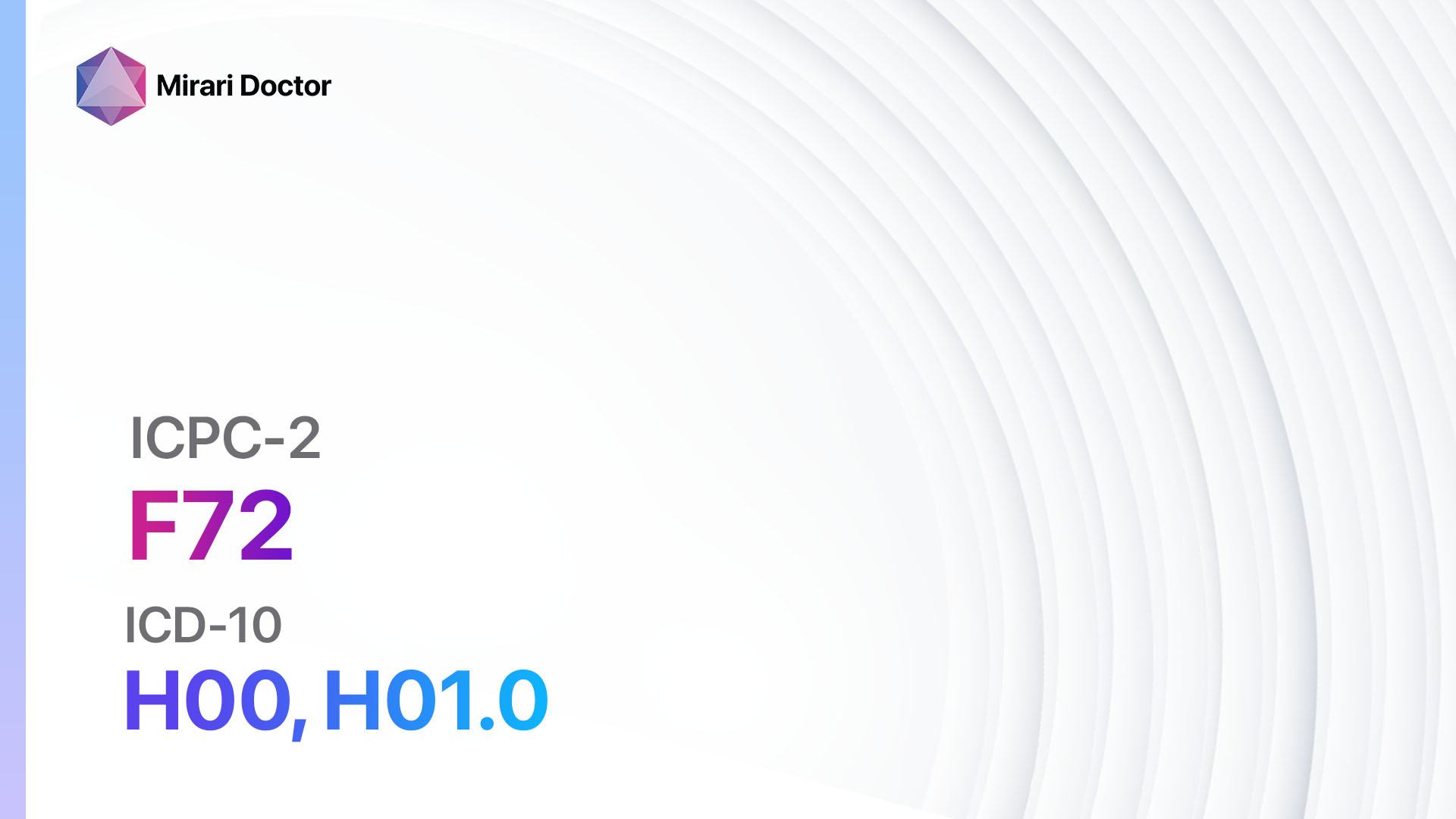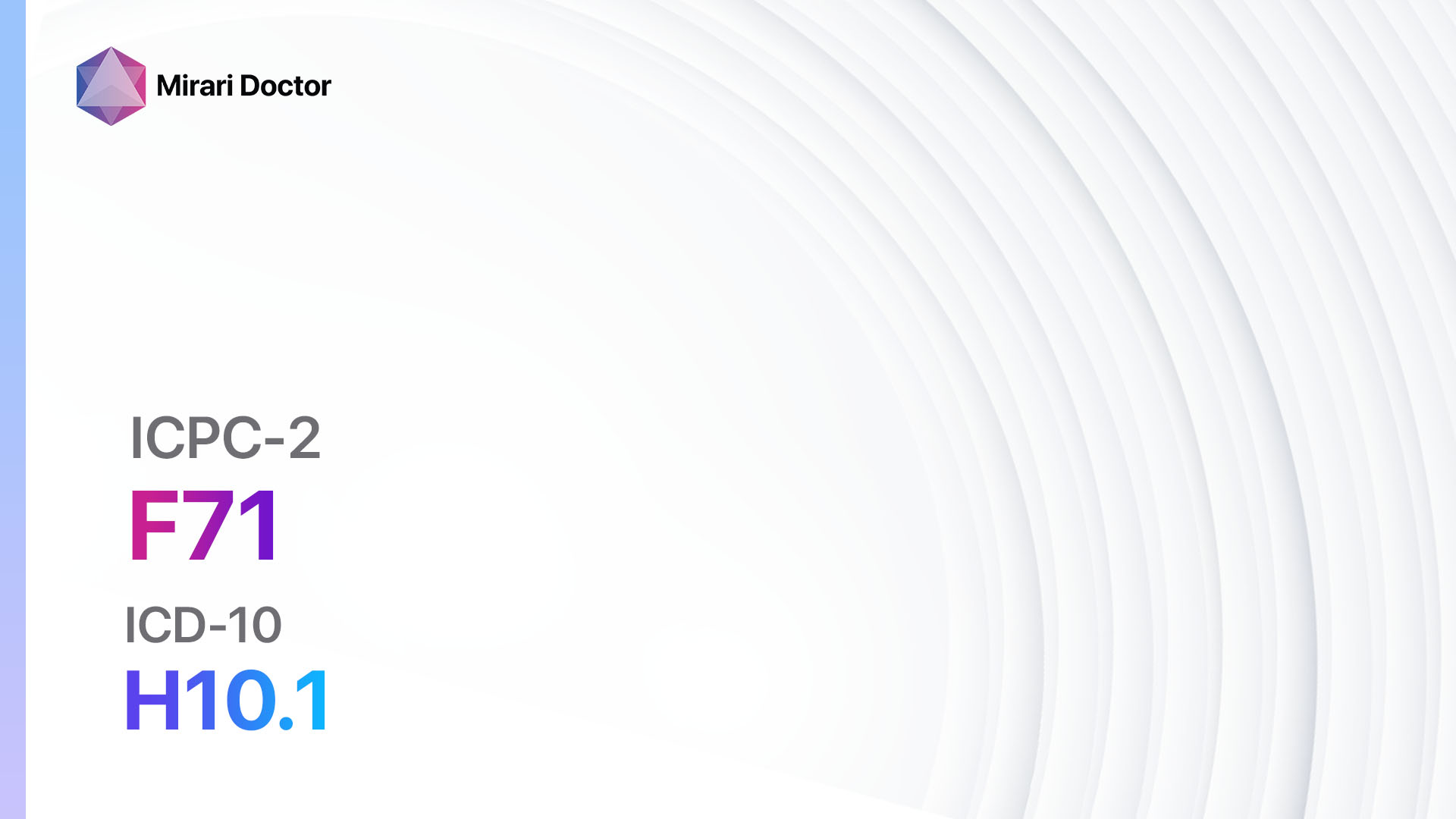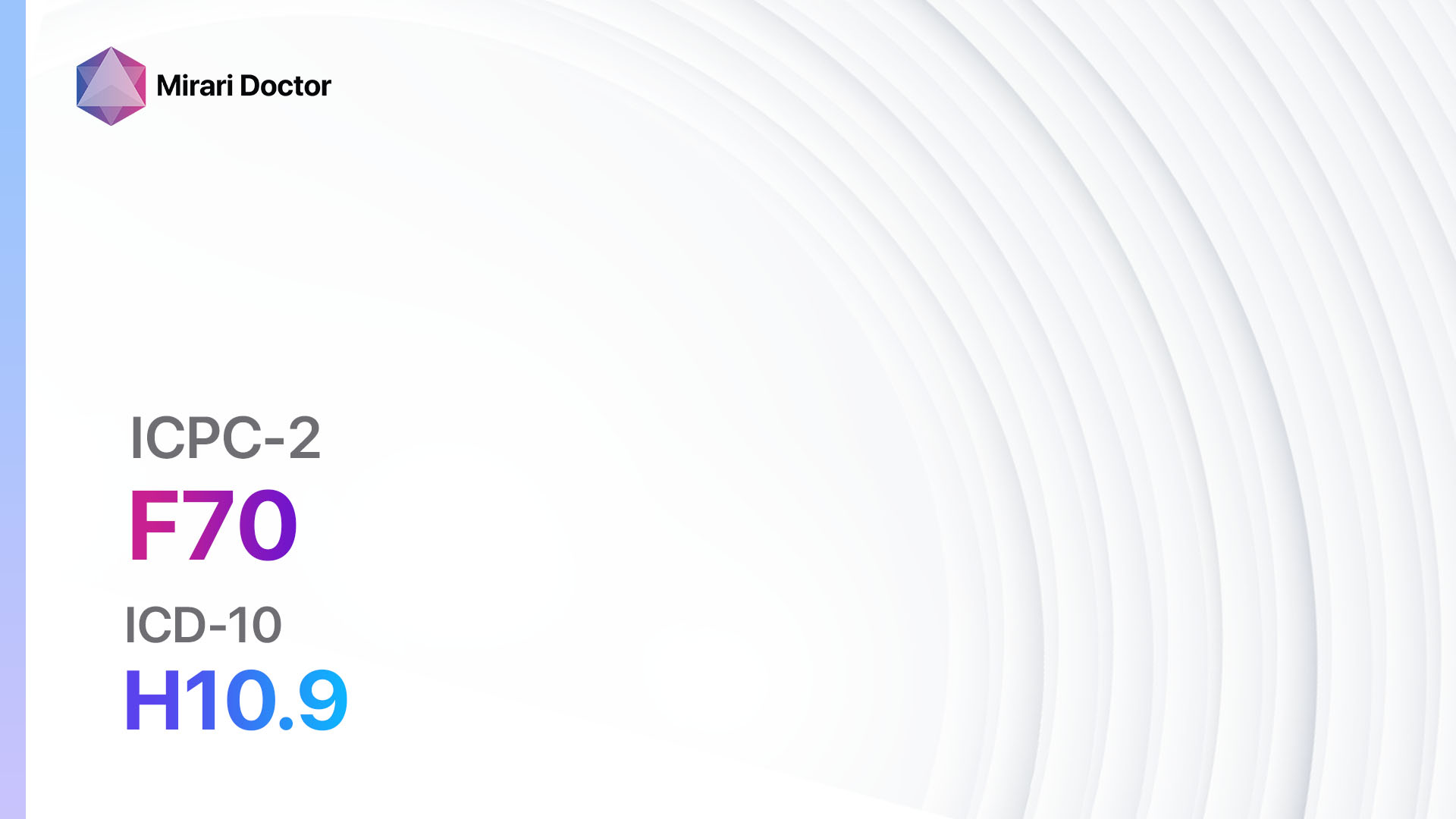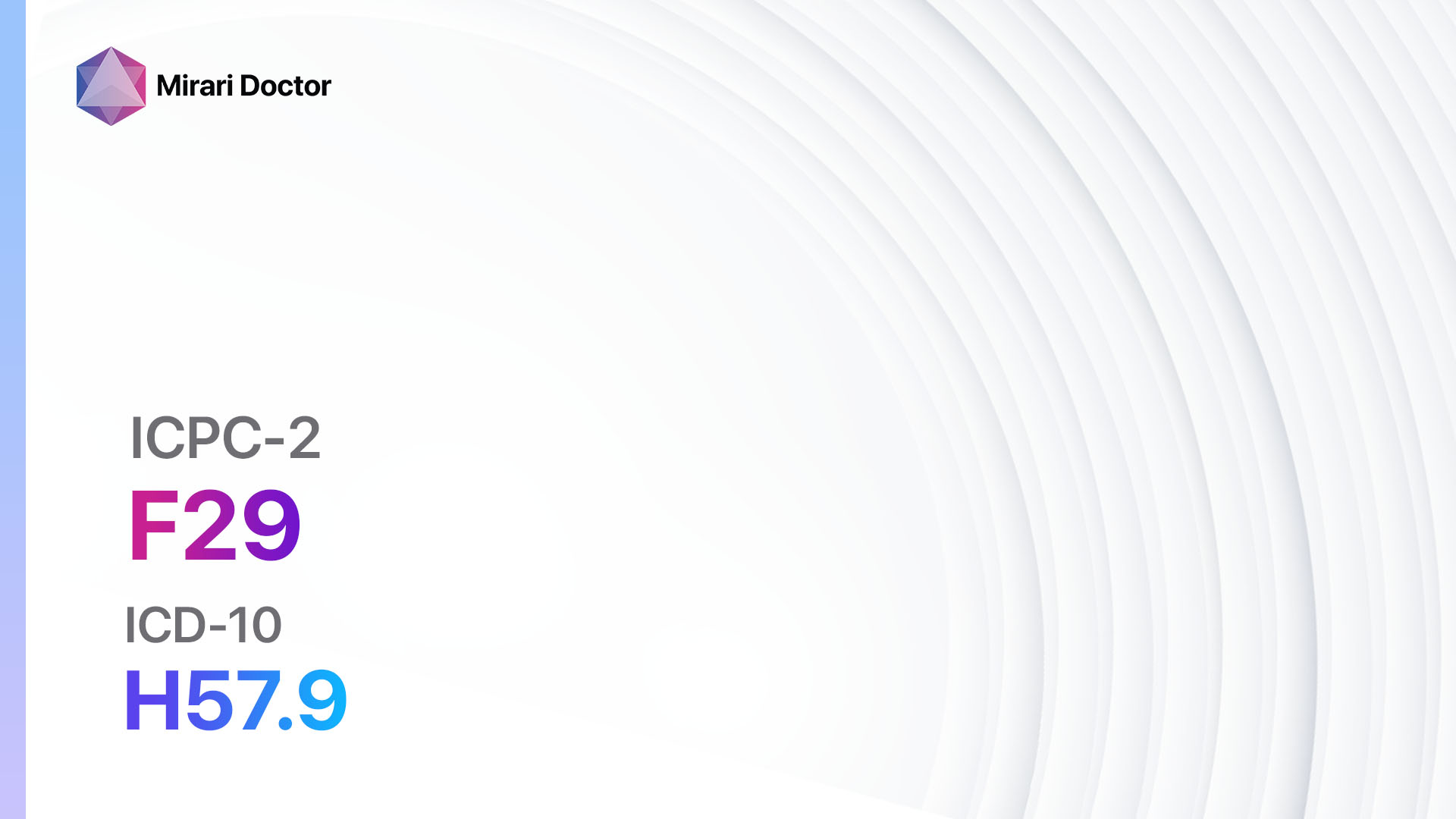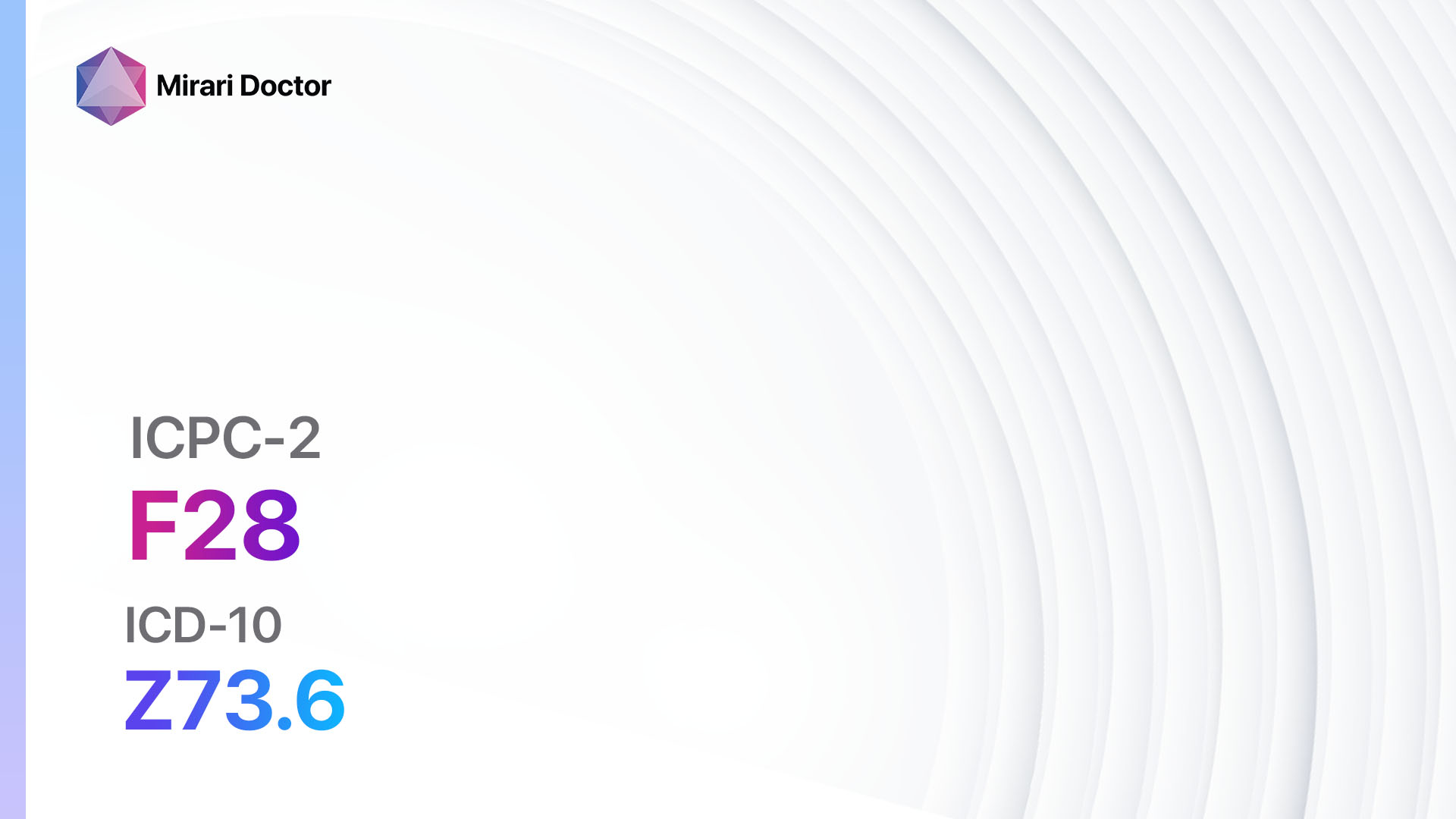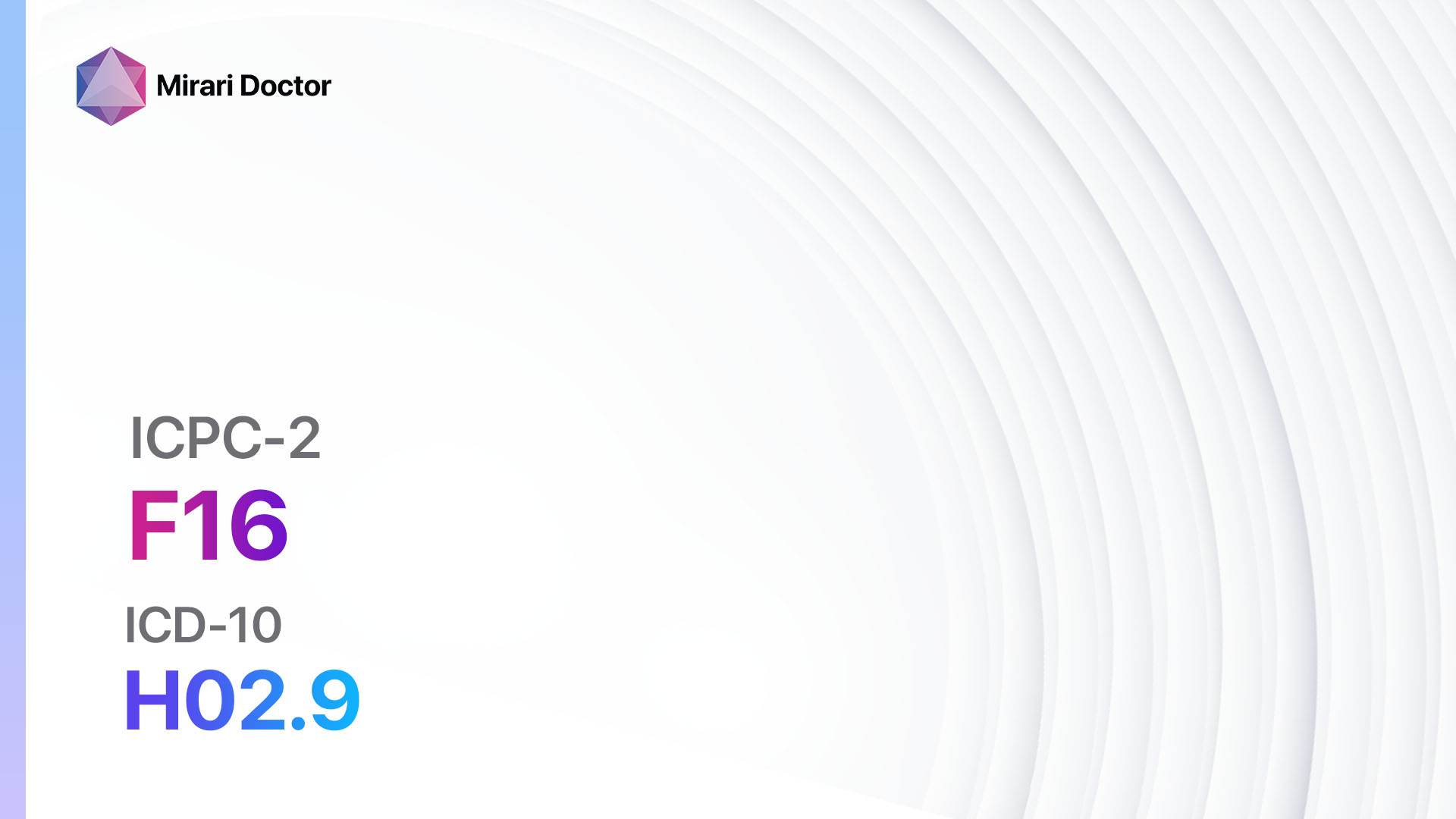
Introduction
Eyelid symptoms or complaints refer to any abnormality or discomfort experienced in the eyelid area. These symptoms can range from mild irritation to severe pain and can be caused by various underlying conditions[1]. This guide aims to provide a comprehensive overview of the symptoms, causes, diagnostic steps, possible interventions, and patient education related to eyelid symptoms.
Codes
Symptoms
- Eyelid swelling: Swelling of the eyelid, which may be localized or involve the entire eyelid[4].
- Eyelid redness: Redness or inflammation of the eyelid[5].
- Eyelid itching: Persistent itching or irritation of the eyelid[6].
- Eyelid pain: Pain or discomfort in the eyelid area[7].
- Eyelid discharge: Abnormal discharge from the eyelid, such as pus or crust formation[8].
- Eyelid drooping: Drooping or sagging of the eyelid[9].
- Eyelid twitching: Involuntary twitching or spasms of the eyelid[10].
- Eyelid lesions: Presence of abnormal growths or lesions on the eyelid.
Causes
- Allergies: Allergic reactions to substances such as pollen, dust mites, or pet dander can cause eyelid symptoms.
- Infections: Bacterial or viral infections, such as styes or conjunctivitis, can lead to eyelid symptoms.
- Blepharitis: Inflammation of the eyelid margins, often caused by bacterial overgrowth or poor eyelid hygiene.
- Chalazion: A blocked oil gland in the eyelid, resulting in a painless lump or swelling.
- Ectropion: Outward turning of the eyelid, causing irritation and redness.
- Entropion: Inward turning of the eyelid, leading to eyelid rubbing against the eye surface.
- Ptosis: Drooping of the upper eyelid, which can be congenital or acquired.
- Eyelid tumors: Abnormal growths or lesions on the eyelid, which may be benign or malignant.
Diagnostic Steps
Medical History
- Gather information about the patient’s symptoms, including the duration, severity, and any associated factors.
- Inquire about any previous history of eyelid conditions, allergies, or infections.
- Assess the patient’s medical history, including any underlying medical conditions or medications that may contribute to eyelid symptoms.
- Identify any risk factors, such as exposure to irritants or contact with individuals with contagious eye conditions.
Physical Examination
- Inspect the eyelids for any visible abnormalities, such as swelling, redness, or lesions.
- Assess eyelid function, including eyelid closure, blinking, and drooping.
- Evaluate the surrounding eye structures, such as the conjunctiva and cornea, for any signs of inflammation or infection.
- Perform a visual acuity test to assess the patient’s overall vision.
Laboratory Tests
- Complete blood count (CBC): To assess for any signs of infection or inflammation.
- Culture and sensitivity: If there is suspicion of a bacterial infection, a sample may be taken from the eyelid discharge for laboratory analysis.
- Allergy testing: If allergies are suspected, skin or blood tests may be performed to identify specific allergens.
Diagnostic Imaging
- Magnetic resonance imaging (MRI): May be used to evaluate the extent of eyelid tumors or assess for any underlying structural abnormalities.
- Ultrasound: Can provide detailed images of the eyelid and surrounding structures, helping to identify any cysts or masses.
Other Tests
- Schirmer’s test: Measures tear production to assess for dry eye syndrome, which can cause eyelid symptoms.
- Slit-lamp examination: A specialized microscope is used to examine the eye structures in detail, including the eyelids, conjunctiva, and cornea.
Follow-up and Patient Education
- Schedule a follow-up appointment to monitor the patient’s progress and response to treatment.
- Provide education on proper eyelid hygiene, including regular eyelid cleansing and avoiding rubbing or touching the eyes excessively.
- Instruct the patient on the importance of avoiding potential irritants or allergens that may trigger eyelid symptoms.
- Discuss the need for regular eye examinations and the importance of seeking medical attention if symptoms worsen or persist.
Possible Interventions
Traditional Interventions
Medications:
Top 5 drugs for Eyelid symptom/complaint:
- Artificial tears (e.g., Refresh Tears, Systane):
- Cost: $5-$15 per bottle.
- Contraindications: Hypersensitivity to ingredients.
- Side effects: Temporary blurred vision, eye irritation.
- Severe side effects: Allergic reactions.
- Drug interactions: None reported.
- Warning: Use as directed and avoid contamination of the bottle.
- Topical corticosteroids (e.g., Prednisolone eye drops):
- Cost: $10-$30 per bottle.
- Contraindications: Active eye infections, glaucoma.
- Side effects: Increased intraocular pressure, cataract formation.
- Severe side effects: Corneal thinning, delayed wound healing.
- Drug interactions: None reported.
- Warning: Use under the supervision of an ophthalmologist.
- Antibiotics (e.g., Erythromycin ointment, Tobramycin eye drops):
- Cost: $10-$30 per tube/bottle.
- Contraindications: Hypersensitivity to antibiotics.
- Side effects: Local irritation, allergic reactions.
- Severe side effects: None reported.
- Drug interactions: None reported.
- Warning: Use as directed and complete the full course of treatment.
- Antihistamines (e.g., Olopatadine eye drops):
- Cost: $15-$40 per bottle.
- Contraindications: Hypersensitivity to antihistamines.
- Side effects: Temporary burning or stinging sensation.
- Severe side effects: None reported.
- Drug interactions: None reported.
- Warning: Use as directed and avoid contact lens use during treatment.
- Eyelid cleansers (e.g., Ocusoft Lid Scrub):
- Cost: $10-$20 per bottle.
- Contraindications: Hypersensitivity to ingredients.
- Side effects: Temporary eye irritation.
- Severe side effects: None reported.
- Drug interactions: None reported.
- Warning: Use as directed and avoid contact with eyes.
Alternative Drugs:
- Oral antihistamines (e.g., Loratadine, Cetirizine): May be used for allergic eyelid symptoms. Cost: $5-$15 per bottle.
- Topical antifungals (e.g., Clotrimazole cream): If a fungal infection is suspected. Cost: $5-$15 per tube.
- Topical antivirals (e.g., Acyclovir ointment): If a viral infection is suspected. Cost: $10-$30 per tube.
Surgical Procedures:
- Eyelid surgery (Blepharoplasty): Surgical removal of excess eyelid skin or fat deposits. Cost: $2,000-$5,000.
- Eyelid lesion excision: Surgical removal of abnormal growths or lesions on the eyelid. Cost: $500-$2,000.
Alternative Interventions
- Warm compresses: Applying warm compresses to the eyelids can help relieve symptoms of blepharitis or chalazion. Cost: Minimal.
- Eyelid massage: Gentle massage of the eyelids can help improve eyelid function and relieve symptoms. Cost: Minimal.
- Homeopathic remedies: Some individuals find relief from eyelid symptoms with homeopathic remedies such as Euphrasia or Pulsatilla. Cost: $5-$15 per bottle.
- Eyelid hygiene: Proper eyelid hygiene, including regular cleansing and avoiding irritants, can help alleviate symptoms. Cost: Minimal.
- Acupuncture: May help improve blood flow and reduce pain. Cost: $60-$120 per session.
Lifestyle Interventions
- Avoidance of allergens: Identifying and avoiding allergens that trigger eyelid symptoms can help prevent recurrence. Cost: Minimal.
- Proper contact lens care: Ensuring proper cleaning and disinfection of contact lenses can reduce the risk of eyelid infections. Cost: Minimal.
- Stress management: Stress reduction techniques, such as meditation or yoga, may help alleviate symptoms. Cost: Minimal.
- Dietary modifications: Some individuals find relief from eyelid symptoms by avoiding certain foods or additives. Cost: Varies depending on dietary choices.
- Good sleep hygiene: Adequate sleep and proper sleep positioning can help reduce eyelid symptoms. Cost: Minimal.
It is important to note that the cost ranges provided are approximate and may vary depending on the location and availability of the interventions.
Mirari Cold Plasma Alternative Intervention
Understanding Mirari Cold Plasma
- Safe and Non-Invasive Treatment: Mirari Cold Plasma is a safe and non-invasive treatment option for various skin conditions. It does not require incisions, minimizing the risk of scarring, bleeding, or tissue damage.
- Efficient Extraction of Foreign Bodies: Mirari Cold Plasma facilitates the removal of foreign bodies from the skin by degrading and dissociating organic matter, allowing easier access and extraction.
- Pain Reduction and Comfort: Mirari Cold Plasma has a local analgesic effect, providing pain relief during the treatment, making it more comfortable for the patient.
- Reduced Risk of Infection: Mirari Cold Plasma has antimicrobial properties, effectively killing bacteria and reducing the risk of infection.
- Accelerated Healing and Minimal Scarring: Mirari Cold Plasma stimulates wound healing and tissue regeneration, reducing healing time and minimizing the formation of scars.
Mirari Cold Plasma Prescription
Video instructions for using Mirari Cold Plasma Device – F16 Eyelid symptom/complaint (ICD-10:H02.9)
| Mild | Moderate | Severe |
| Mode setting: 1 (Infection) Location: 7 (Neuro system & ENT) Morning: 15 minutes, Evening: 15 minutes |
Mode setting: 1 (Infection) Location: 7 (Neuro system & ENT) Morning: 30 minutes, Lunch: 30 minutes, Evening: 30 minutes |
Mode setting: 1 (Infection) Location: 7 (Neuro system & ENT) Morning: 30 minutes, Lunch: 30 minutes, Evening: 30 minutes |
| Mode setting: 2 (Wound Healing) Location: 7 (Neuro system & ENT) Morning: 15 minutes, Evening: 15 minutes |
Mode setting: 2 (Wound Healing) Location: 7 (Neuro system & ENT) Morning: 30 minutes, Lunch: 30 minutes, Evening: 30 minutes |
Mode setting: 2 (Wound Healing) Location: 7 (Neuro system & ENT) Morning: 30 minutes, Lunch: 30 minutes, Evening: 30 minutes |
| Mode setting: 3 (Antiviral Therapy) Location: 7 (Neuro system & ENT) Morning: 15 minutes, Evening: 15 minutes |
Mode setting: 3 (Antiviral Therapy) Location: 7 (Neuro system & ENT) Morning: 30 minutes, Lunch: 30 minutes, Evening: 30 minutes |
Mode setting: 3 (Antiviral Therapy) Location: 7 (Neuro system & ENT) Morning: 30 minutes, Lunch: 30 minutes, Evening: 30 minutes |
| Total Morning: 45 minutes approx. $7.50 USD, Evening: 45 minutes approx. $7.50 USD |
Total Morning: 90 minutes approx. $15 USD, Lunch: 90 minutes approx. $15 USD, Evening: 90 minutes approx. $15 USD, |
Total Morning: 90 minutes approx. $15 USD, Lunch: 90 minutes approx. $15 USD, Evening: 90 minutes approx. $15 USD, |
| Usual treatment for 7-60 days approx. $105 USD – $900 USD | Usual treatment for 6-8 weeks approx. $1,890 USD – $2,520 USD |
Usual treatment for 3-6 months approx. $4,050 USD – $8,100 USD
|
 |
|
Use the Mirari Cold Plasma device to treat Eyelid symptom/complaint effectively.
WARNING: MIRARI COLD PLASMA IS DESIGNED FOR THE HUMAN BODY WITHOUT ANY ARTIFICIAL OR THIRD PARTY PRODUCTS. USE OF OTHER PRODUCTS IN COMBINATION WITH MIRARI COLD PLASMA MAY CAUSE UNPREDICTABLE EFFECTS, HARM OR INJURY. PLEASE CONSULT A MEDICAL PROFESSIONAL BEFORE COMBINING ANY OTHER PRODUCTS WITH USE OF MIRARI.
Step 1: Cleanse the Skin
- Start by cleaning the affected area of the skin with a gentle cleanser or mild soap and water. Gently pat the area dry with a clean towel.
Step 2: Prepare the Mirari Cold Plasma device
- Ensure that the Mirari Cold Plasma device is fully charged or has fresh batteries as per the manufacturer’s instructions. Make sure the device is clean and in good working condition.
- Switch on the Mirari device using the power button or by following the specific instructions provided with the device.
- Some Mirari devices may have adjustable settings for intensity or treatment duration. Follow the manufacturer’s instructions to select the appropriate settings based on your needs and the recommended guidelines.
Step 3: Apply the Device
- Place the Mirari device in direct contact with the affected area of the skin. Gently glide or hold the device over the skin surface, ensuring even coverage of the area experiencing.
- Slowly move the Mirari device in a circular motion or follow a specific pattern as indicated in the user manual. This helps ensure thorough treatment coverage.
Step 4: Monitor and Assess:
- Keep track of your progress and evaluate the effectiveness of the Mirari device in managing your Eyelid symptom/complaint. If you have any concerns or notice any adverse reactions, consult with your health care professional.
Note
This guide is for informational purposes only and should not replace the advice of a medical professional. Always consult with your healthcare provider or a qualified medical professional for personal advice, diagnosis, or treatment. Do not solely rely on the information presented here for decisions about your health. Use of this information is at your own risk. The authors of this guide, nor any associated entities or platforms, are not responsible for any potential adverse effects or outcomes based on the content.
Mirari Cold Plasma System Disclaimer
- Purpose: The Mirari Cold Plasma System is a Class 2 medical device designed for use by trained healthcare professionals. It is registered for use in Thailand and Vietnam. It is not intended for use outside of these locations.
- Informational Use: The content and information provided with the device are for educational and informational purposes only. They are not a substitute for professional medical advice or care.
- Variable Outcomes: While the device is approved for specific uses, individual outcomes can differ. We do not assert or guarantee specific medical outcomes.
- Consultation: Prior to utilizing the device or making decisions based on its content, it is essential to consult with a Certified Mirari Tele-Therapist and your medical healthcare provider regarding specific protocols.
- Liability: By using this device, users are acknowledging and accepting all potential risks. Neither the manufacturer nor the distributor will be held accountable for any adverse reactions, injuries, or damages stemming from its use.
- Geographical Availability: This device has received approval for designated purposes by the Thai and Vietnam FDA. As of now, outside of Thailand and Vietnam, the Mirari Cold Plasma System is not available for purchase or use.
References
- Eyelid Disorders | Vision and Eye Health – UC Davis Health. (n.d.). Retrieved June 17, 2024, from https://health.ucdavis.edu/conditions/vision-eye-health/eyelid-disorders
- ICPC-2 – World Organization of Family Doctors. (n.d.). Retrieved June 17, 2024, from https://www.globalfamilydoctor.com/site/DefaultSite/filesystem/documents/Groups/WICC/International%20Classification%20of%20Primary%20Care%20Dec16.pdf
- 2023 ICD-10-CM Diagnosis Code H02.9: Unspecified disorder of eyelid. (n.d.). Retrieved June 17, 2024, from https://www.icd10data.com/ICD10CM/Codes/H00-H59/H00-H05/H02-/H02.9
- Eyelid Swelling – Eye Disorders – MSD Manual Professional Edition. (n.d.). Retrieved June 17, 2024, from https://www.msdmanuals.com/professional/eye-disorders/symptoms-of-ophthalmic-disorders/eyelid-swelling
- Eyelid Inflammation (Blepharitis): Causes, Symptoms, and Treatments. (n.d.). Retrieved June 17, 2024, from https://www.healthline.com/health/blepharitis
- Eyelid Disorders | Definition and Patient Education – Healthline. (n.d.). Retrieved June 17, 2024, from https://www.healthline.com/health/eyelid-disorders
- Eyelid Problems: Causes and Fixes – WebMD. (n.d.). Retrieved June 17, 2024, from https://www.webmd.com/eye-health/eyelid-problems
- Blepharitis (Eyelid Inflammation): Causes & Treatment. (n.d.). Retrieved June 17, 2024, from https://my.clevelandclinic.org/health/diseases/10032-blepharitis
- Ptosis Greenville | Eyelid Disorders SC – Advanced Eye Care. (n.d.). Retrieved June 17, 2024, from https://www.advanced-eye-care.net/diseases-of-the-eye-lids-greenville.htm
- Eyelid Disorders | PPT – SlideShare. (n.d.). Retrieved June 17, 2024, from https://www.slideshare.net/slideshow/eye-lid-disorders-153182334/153182334
Related articles
Made in USA


